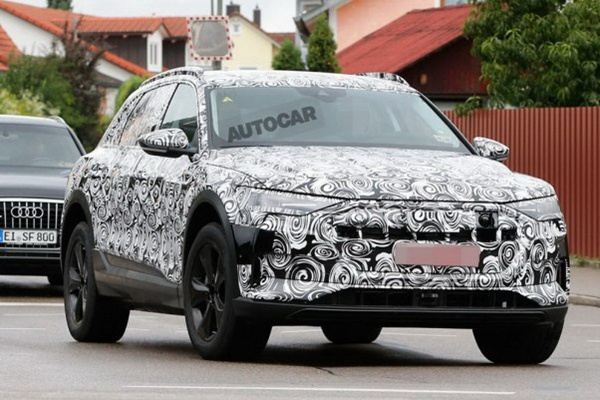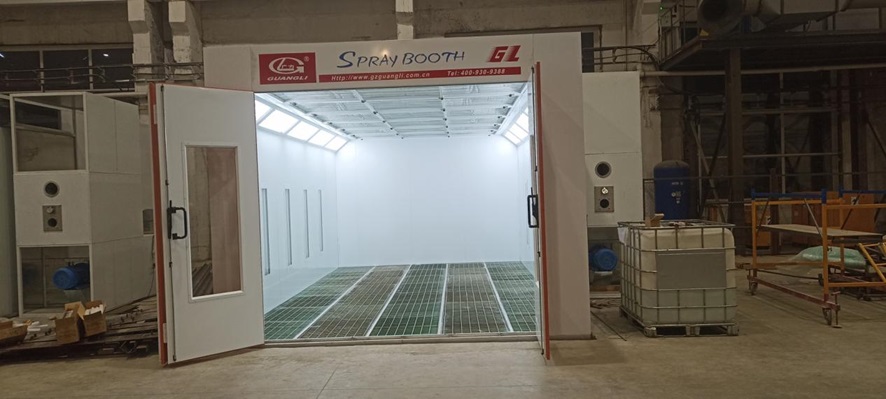In the election time, some reasonable objective factors, including the compartment space, fuel economy and price are very important. But for many of us, it is difficult to put away personal subjective feelings when buying a car. A car may be able to do invincible practicality and fuel economy, but if you can not let it in the face of the smile when you open, then you buy it the meaning of where?
In order to study which car to open up the most pleasant owners, J.D.Power made an APEAL (car performance, operation and design research) annual research findings. Looking for about 70,000 owners who have or rented a 2017 model for more than 90 days and asked them if they were satisfied with the details of the car's 77 refinements and then awarded the top ten car owners based on the scores (out of 1000) Of the car brand.
In the future, the evaluation of the owner may change due to factors such as reliability, but this result allows us to know the most pleasant car at this stage.
TOP 10 MINI 838 points
First debut is BMW's entry brand - MINI, although many owners will choose a wide range of options, resulting in the final landing price is not cheap, but after all, is a relatively mainstream models. It is undeniable that the MINI will fashion the appearance and movement of driving a good combination of feelings, so that owners are attracted to this.
TOP 9 Jaguar 838 points
Jaguar and MINI, the same is the British brand, scores are exactly the same. Like the MINI, from the F-TYPE and F-PACE, it is a good combination of stylish appearance and attractive dynamic driving experience. The difference is that Jaguar can provide good driving quality, its appearance is classic and elegant. Jaguar offers some excellent engines, such as the V6 and V8 mechanical supercharged engines, as well as the power of the diesel engine.
TOP 8 Lexus 842 points
Lexus is the only Japanese brand in the top ten. Toyota's high-end brand provides a maverick appearance (here to discuss its good part) It is undeniable that this makes the car look luxurious, although it does not always make people feel driving up fun, but the owners really like LC500 on the 5.0 naturally aspirated engine.
TOP 7 Cadillac 843 points
Cadillac to seventh of the advantages of ranking seventh. Like Jaguar, most of Cadillac's models can also feel beautiful and well-driven, but with one exception, XTS, the car represents the old predecessor of the Cadillac era that we wanted to forget. Fortunately, XTS will be discontinued.
TOP 6 Lincoln 849 points
When we saw Lincoln ranking so high, more than the Cadillac, Jaguar and Lexus, we are some surprise. Lincoln's models are still in keeping with the parent company - Ford's inextricably linked, but this is not necessarily a bad thing, for us is not very important. The mainland, and the upcoming pilots will give a better impression. Lincoln also began to provide some unique services, such as Lincoln Black Mark Service, will provide a similar excellent driving service.
TOP 5 Mercedes-Benz 851 points
The first five have four German brands, Mercedes-Benz is the lowest score that. Now the new Mercedes models have a gorgeous interior (CLA, GLA and other models except), and good performance, especially those in the rear marked AMG three letter models.
TOP 4 Audi 854 points
Audi than the trigeminal star won more than 3 points, ranked fourth. Owners are very fond of Audi's modern interior design and high-tech equipment, especially the virtual cockpit. Audi can balance comfort and maneuver and provide some powerful engines.
TOP 3 BMW 855 points
BMW only lead the Audi 1 points. The ultimate driving machine for BMW to create a lot of people like the car, but in recent years, its car has become less pure. For some people, it's also a good thing to see BMW's car more comfortable. But when discussing the best driving experience, the owners are still the most favorite BMW. It can make it better.
TOP 2 Czech Republic 869 points (Note: Now the Czech has been a separate brand)
Czech Republic is the only one in the top ten Korean brand, and made the second place results, impressive. Not only that, it leads the third of the BMW up to 14 points. The overall quality and driving experience of the Jeanne G80 SPORT still needs to be improved, but we can not talk too much about this score, after all, it is decided by the owner.
TOP 1 Porsche 884 points
Ranked # 1 Porsche ahead of Jennings 15 points. We are not surprised. Porsche's sports car, from Boxster to 911, is the best in the whole field, while Porsche has given Panamera, Macan, Cayenne the same sport, which even makes Panamera's appearance acceptable, so what else Do not love Porsche? Obviously No.
Although this is a result of the questionnaire, but still can not represent everyone, everyone will encounter a lifetime you feel happy car, whether it is a million car or performance small steel gun, or Only the ordinary car, there is always a moment to make your life unforgettable. Usually patrol countless, discerning editor of the male gods, apparently have their own views
Fix cars, looking for Spray booths and car lifts At Guangli Spray Booth.












